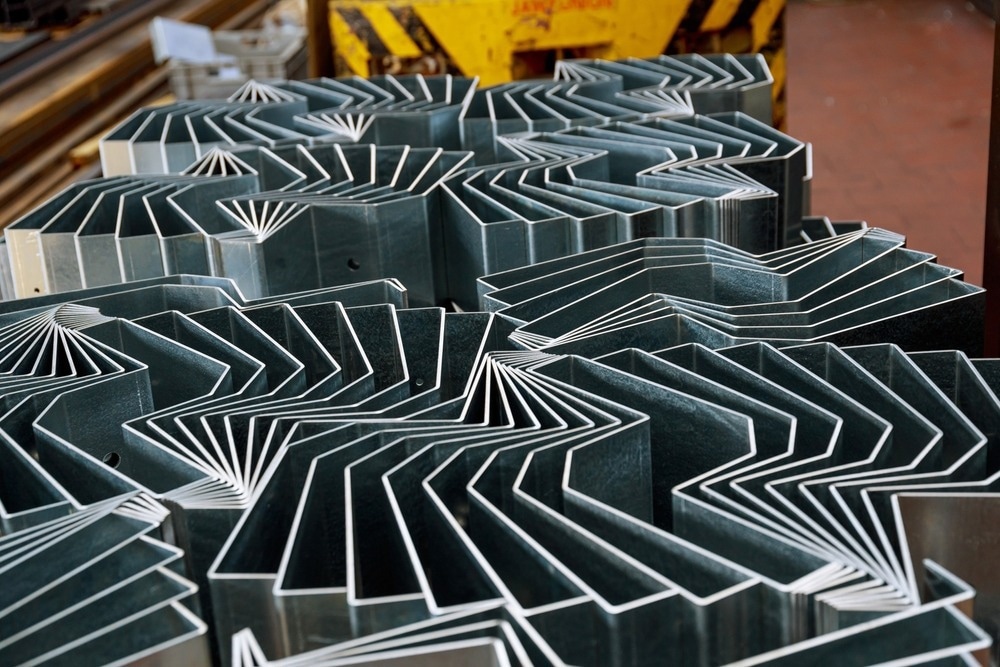

Market Overview:
The metal matrix composite market is experiencing rapid growth, driven by Rising Urinary Disorder Prevalence, Aging Global Population and Healthcare Infrastructure Investments. According to IMARC Group's latest research publication, "Metal Matrix Composite Market by Type (Aluminium, Nickel, Refractory, and Others), Reinforcement Material (Silicon Carbide, Aluminum Oxide, Titanium Carbide, and Others), Reinforcement Type (Discontinuous, Continuous, Particles), Production Technology (Powder Metallurgy, Liquid Metal Infiltration, Casting, Deposition Techniques), End Use Industry (Automotive and Locomotive, Electrical and Electronics, Aerospace and Defense, Industrial, and Others), and Region 2025-2033", The global metal matrix composites market size reached USD 553.7 Million in 2024. Looking forward, IMARC Group expects the market to reach USD 915.8 Million by 2033, exhibiting a growth rate (CAGR) of 5.7% during 2025-2033.
This detailed analysis primarily encompasses industry size, business trends, market share, key growth factors, and regional forecasts. The report offers a comprehensive overview and integrates research findings, market assessments, and data from different sources. It also includes pivotal market dynamics like drivers and challenges, while also highlighting growth opportunities, financial insights, technological improvements, emerging trends, and innovations. Besides this, the report provides regional market evaluation, along with a competitive landscape analysis.
Grab a sample PDF of this report: https://www.imarcgroup.com/metal-matrix-composite-market/requestsample
Our report includes:
Growth Factors in the Metal Matrix Composite Market:
Wow, urinary issues are on the rise, and it’s pushing the global intermittent catheters industry to new heights. About 200 million people worldwide deal with urinary incontinence, driving demand for catheters, per industry reports. Coloplast serves 5 million+ patients with its SpeediCath line, easing bladder management. India’s Ayushman Bharat scheme covers catheterization for 50 million+ low-income patients, boosting access. Social media posts on X highlight urinary health trends, engaging healthcare providers. Urban hospitals lead demand, but rural clinics need affordable options. Conditions like benign prostatic hyperplasia and spinal cord injuries fuel catheter use, driving industry growth by ensuring effective, patient-friendly solutions for bladder dysfunction globally.
The world’s getting older, and that’s a big win for the global intermittent catheters industry. Over 10% of the global population is over 65, with 30% facing urinary issues like incontinence, per health data. Teleflex’s Rüsch catheters support 2 million+ elderly users with ergonomic designs. The US’s Medicare program reimburses 80% of catheter costs, making them accessible. Social media ads on LinkedIn promote geriatric care trends, engaging caregivers. Urban healthcare systems lead adoption, but rural areas need better coverage. As age-related bladder conditions like neurogenic bladder rise, intermittent catheters offer safe, convenient solutions, driving industry growth by meeting the needs of aging populations worldwide.
Better healthcare systems are supercharging the global intermittent catheters industry. Global healthcare spending hits $8 trillion annually, with 15% funding urology care, per industry reports. Becton Dickinson supplies catheters to 3,000+ hospitals, enhancing patient care. The EU’s Health Programme invests €5 billion in medical device access, including catheters. Social media campaigns on X highlight healthcare access trends, engaging providers. Urban hospitals lead adoption, but rural facilities need affordable supplies. Government schemes, like Brazil’s SUS expansion, improve catheter availability in clinics. Advanced infrastructure supports self-catheterization training, driving industry growth by ensuring patients get reliable, high-quality catheters for managing urinary conditions globally.
Key Trends in the Metal Matrix Composite Market: